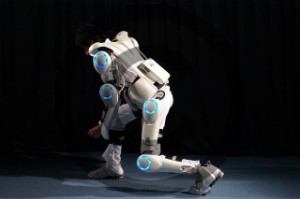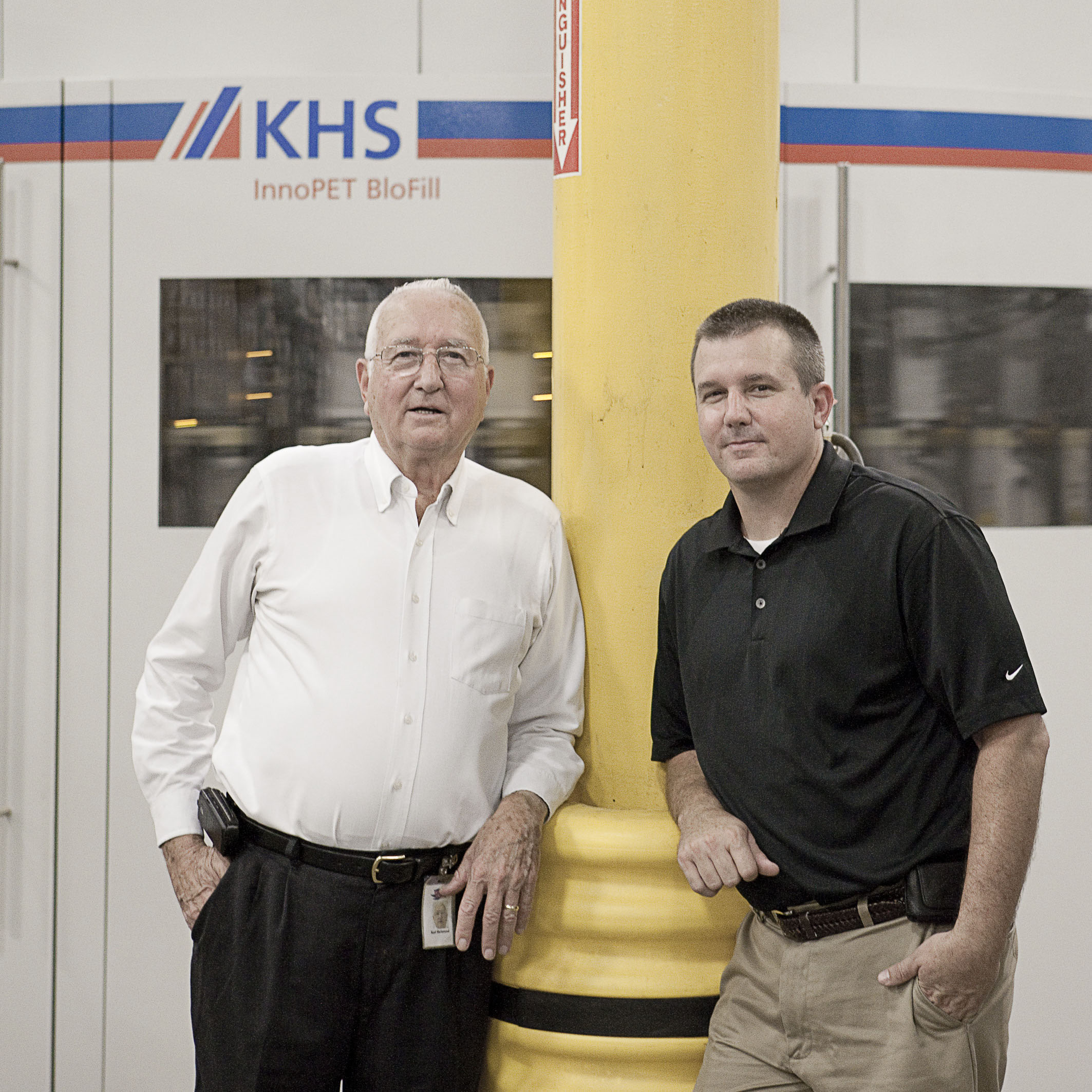
Bayer MaterialScience (BMS) of Germany and Cyberdyne of Japan are collaborating to develop devices made of performance plastics that will robotically respond to signals form a human’s nervous system.
One product already developed is the HAL exoskeleton, which can be used in disaster management applications, such as working in nuclear plants disabled by natural disasters. The two partners are now looking for additional applications for the robot suit, which amplifies the movement of the limbs. “HAL’s shell is made of a thermoplastic polymer blend based on polycarbonate from the product class Bayblend,” Stefan Paul Mechnig, a spokesman for BMS, told PlasticsToday.
To date, assistive robotic technologies have been aimed primarily at helping older, sick or infirm people. Broader applications are envisioned in the widening collaboration between BMS and Cyberdine. “This sector of the future has the potential in many ways to make human life easier, safer and more pleasant,” says Lorenz Kramer, a robotics expert at Bayer MaterialScience.
In a new phase of the collaboration, BMS and Cyberdyne are launching an international design competition in an effort to explore other ideas. “We are also looking into areas such as sports and recreation,” says Kramer. HAL—an acronym for hybrid assistive limb—is already being used at more than 100 rehabilitation facilities in Japan. The first Center for Neurorobotal Exercise Training with HAL systems in Europe recently opened in Bochum, Germany.
Founded by Japanese scientist Yoshiyuki Sankai, Cyberdyne has had an office in Bochum for a little over a year. Sankai developed and designed the robot suit, which translates signals from the wearer’s nerves into movements. Bayer MaterialScience supplies the engineering plastics used for the medical suit’s white housing. The exoskeleton assists with many activities such as walking, standing up and climbing stairs.
Moreinfo…Source.





